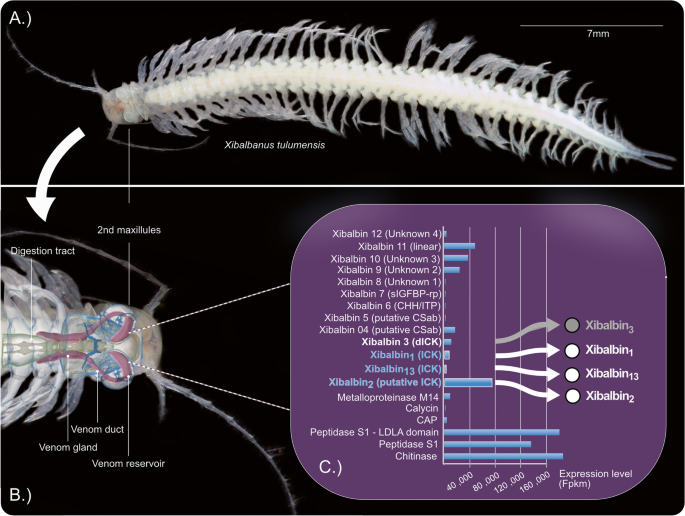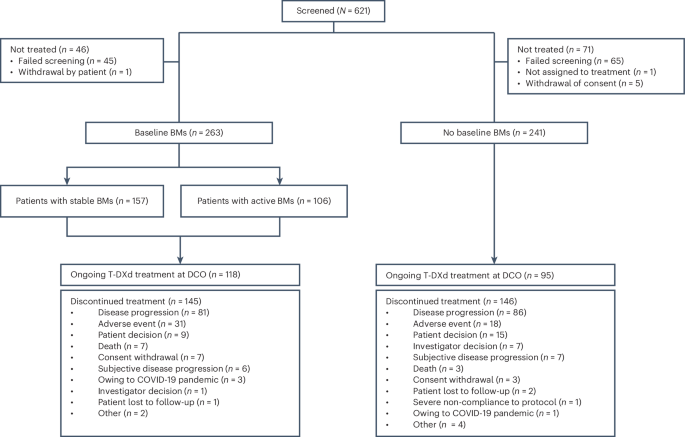2024-10-04 スウォンジー大学
<関連情報>
- https://www.swansea.ac.uk/press-office/news-events/news/2024/10/study-reveals-how-parasites-thrive-by-balancing-specialisation-with-exploiting-diverse-species-communities.php
- https://onlinelibrary.wiley.com/doi/10.1111/jbi.15015
生物地理学的地域間における寄生虫の存在量と占有率の関係: ニッチの広がり、宿主の利用可能性、気候の共同効果 Parasite Abundance-Occupancy Relationships Across Biogeographic Regions: Joint Effects of Niche Breadth, Host Availability and Climate
Konstans Wells, Jeffrey A. Bell, Alan Fecchio, Serguei Drovetski, Spencer Galen, Shannon Hackett, Holly Lutz, Heather R. Skeen, Gary Voelker, Wanyoike Wamiti, Jason D. Weckstein, Nicholas J. Clark
Journal of Biogeography Published: 24 September 2024
DOI:https://doi.org/10.1111/jbi.15015

ABSTRACT
Aim
Changing biodiversity and environmental conditions may allow multi-host pathogens to spread among host species and affect prevalence. There are several widely acknowledged theories about mechanisms that may influence variation in pathogen prevalence, including the controversially debated dilution effect and abundance-occupancy relationship hypotheses. Here, we explore such abundance-occupancy relationships for unique lineages of three vector-borne avian blood parasite genera (the avian malaria parasite Plasmodium and the related haemosporidian parasites Parahaemoproteus and Leucocytozoon) across biogeographical regions.
Location
Nearctic-Neotropical and Palearctic-Afrotropical regions.
Methods
We compiled a cross-continental dataset of 17,116 bird individuals surveyed from 46 bird assemblages across the Nearctic-Neotropical and Palearctic-Afrotropical regions and explored relationships between local parasite lineage prevalence and host assemblage metrics in a Bayesian random regression framework.
Results
Most lineages from these three genera infected ≥ 5 host species and exhibited clear phylogenetic or functional host specificity. Lineage prevalence from all three genera increased with host range, but also with higher degrees of specialisation to phylogenetically or functionally related host species. Local avian community features were also found to be important drivers of prevalence. For example, bird species richness was positively correlated with lineage prevalence for Plasmodium and Leucocytozoon, whereas higher relative abundances of the main host species were associated with lower prevalence for Plasmodium and Parahaemoproteus but higher prevalence for Leucocytozoon.
Conclusions
Our results broadly support several of the leading hypotheses about mechanisms that influence pathogen prevalence, including the niche breadth hypothesis in that higher avian host species diversity and broader host range amplify prevalence through increasing ecological opportunities and the trade-off hypotheses in that specialisation among subsets of available host species may increase prevalence. Furthermore, the three studied avian haemosporidian genera exhibited different abundance-occupancy relationships across the major global climate gradients and in relation to host availability, emphasising that these relationships do not strictly follow common rules for vector-borne parasites with different life histories.


